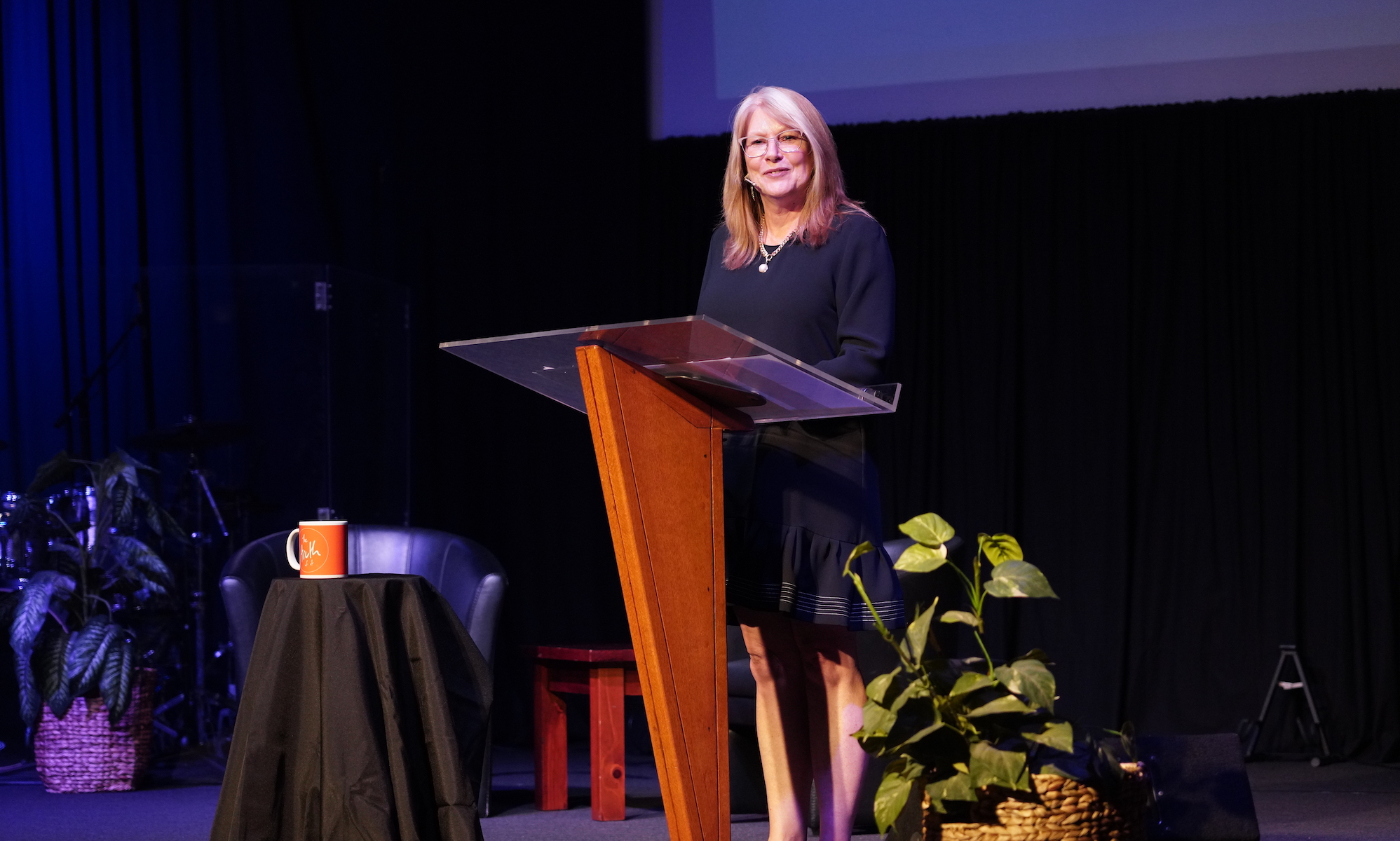You’re about to exercise your free and democratic right to vote – something that millions around the world can only dream about. So it’s an important privilege that’s worth understanding. Let me explain quickly!
If you are not completely sure, you are in good company. Me? I’m a bit of a political junkie. I get excited about my democratic right to vote and I use the preferential voting system to make sure that my voice is heard. Bear with me! It might be politics, but it’s fun to understand things like this – honestly!
In the federal election on September 7 the voting system is compulsory preferential, which means you have to preference every candidate on the House of Representatives green voting slip. The winning candidate needs to secure either an absolute majority (50% + 1) of the first preference vote to win, or alternatively an absolute majority after the distribution of preferences.
At 6pm the polling booths close and the voting boxes are opened. Counting starts immediately. Every valid green voting slip is put into piles and counted, sorted by the number 1 preference. So, if there are 6 candidates, there will be 6 piles. Informal votes are set aside and not counted. If you don’t number every square your vote will be informal.
Your first preference (your number 1 vote) determines which pile your voting slip will be put into. And that candidate benefits from your vote. But that’s not all. If your number one preferred candidate does not have enough first preference votes to win, they are eliminated and your voting slip is then moved to your number two preferred candidate. The entire vote. And this process keeps going until your vote sits with the candidate who is not eliminated. This is particularly important to benefit minor parties. Many Australians think that if you vote for a minor party who have very little chance of winning, it is a wasted vote. But I hope you can see from what I’ve just explained that this is not the case. If you vote for a minor party and they do not win, your entire vote moves to your next preference. And so on. But the great thing for minor parties is that candidates who receive at least 4% of No. 1 votes receive government funding for their party which in turn gives them a voice post election.
